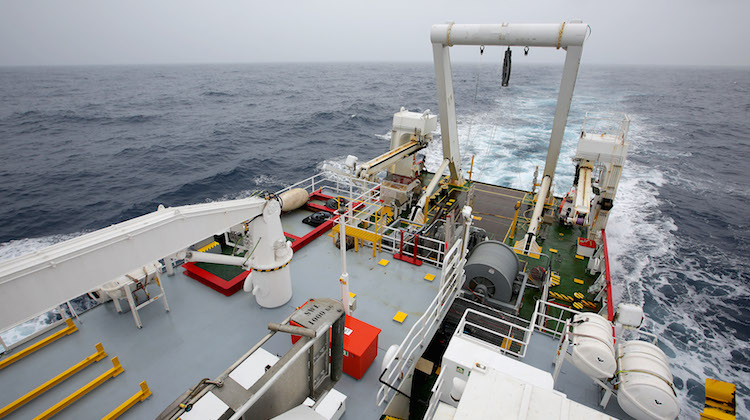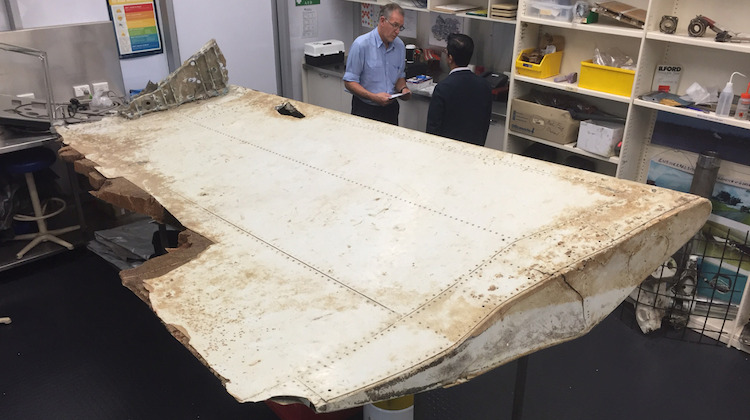
While the last ship involved in the search for Malaysia Airlines flight MH370 may be returning to shore, work to determine the location of the missing aircraft will be ongoing for at least the next couple of months.
On Tuesday, the Australian, Chinese and Malaysian governments said the 120,000 square kilometre underwater search in the Indian Ocean has been officially suspended after failing to locate the Boeing 777-200ER, 9M-MRO.
The three countries have previously expressed a willingness to extending the search for aircraft, which disappeared enroute from Kuala Lumpur to Beijing in March 2014 carrying 239 passengers and crew, if there was credible new evidence which led to the identification of a specific location of the aircraft.
However, Tuesday’s joint statement from Australian Minister for Infrastructure and Transport Darren Chester, China’s Minister of Transport Li Xiaopeng and Malaysian Minister of Transport Liow Tiong Lai said there was not enough new data to continue the search.
http://thewofa.com/2017/01/australia-china-malaysia-suspend-search-for-mh370/
While the Fugro Equator – the last remaining ship at sea as part of the search effort – and its crew were now headed back to Perth, Australian Transport Safety Bureau (ATSB) chief commissioner Greg Hood said the technical analysis regarding the Boeing 777-200ER’s whereabouts was ongoing.
“Although the underwater search is suspended, some residual search-related activity is continuing, including debris drift analysis and further detailed analysis of satellite imagery,” Hood told reporters in Melbourne on Wednesday according to a transcript released by Minister Chester’s office.
“This activity is anticipated to conclude by the end of February 2017. The ATSB will continue to support any further requests by Malaysia, including the examination of any further debris that may come ashore in months to come.”
Chester said he was “hopeful that we will have a breakthrough in the future”.
However, the Minister reiterated the position of Australia, China and Malaysia that there needed to be credible new evidence which led to the identification of a specific location of the aircraft, which disappeared enroute from Kuala Lumpur to Beijing in March 2014 carrying 239 passengers and crew, if there was going to be a new search effort.
“I don’t rule out a future underwater search by any stretch,” Chester said.
“We need to prepare ourselves for the sad and tragic reality that in this foreseeable future we may not find MH370, but that doesn’t rule out future endeavours or future breakthroughs in terms of data or technology that helps us solve this extraordinary puzzle.
“As the ATSB Chief has just pointed out, there is other work going on, on land in relation to more detailed analysis of drift patterns, and further if more debris comes to light in the weeks and months ahead, again, it will be a question of working with Malaysia, working with our experts on any further analysis.
“We need to have credible new evidence leading to a specific location before we would be reasonably considering future search efforts.”











